The moment I learned about Kazue’s crafter’s tour, I was ready to book tickets to Japan. She is a sashiko teacher who lives in Kyoto, and she will walk your around the city to a host of wonderful shops. On my tour, shared with a woman from the Netherlands, we visited a few larger shops - the fabric store of your dreams and a store that sold all kinds of supplies for dyeing fiber - plus a number of tiny shops: a knife shop, a thread shop, a vintage kimono shop.
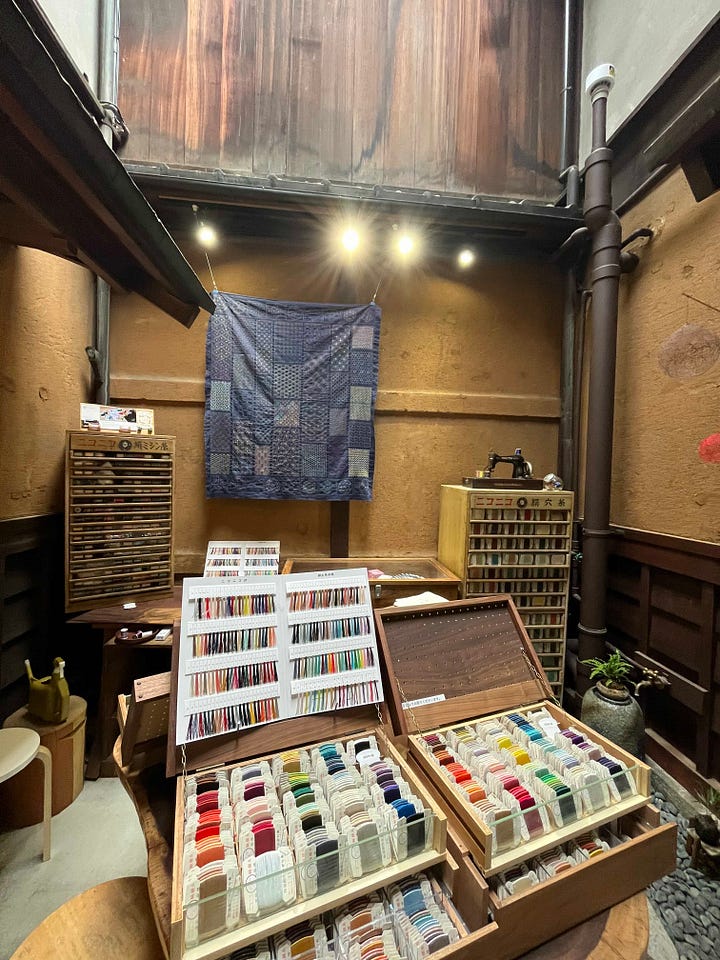
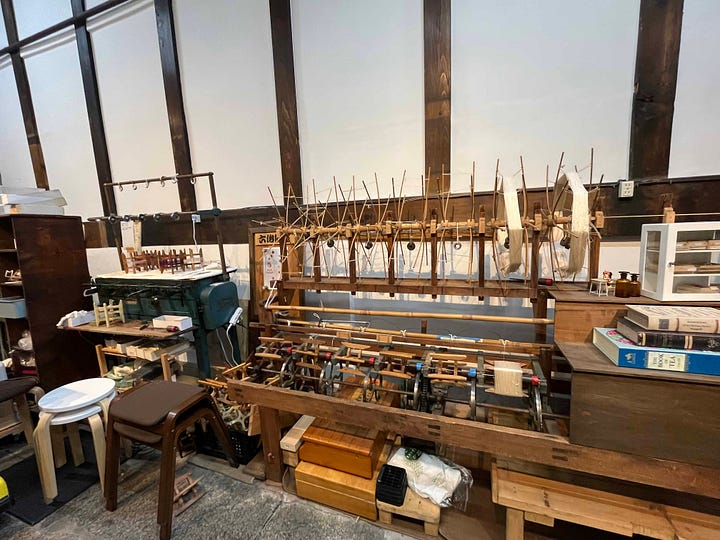
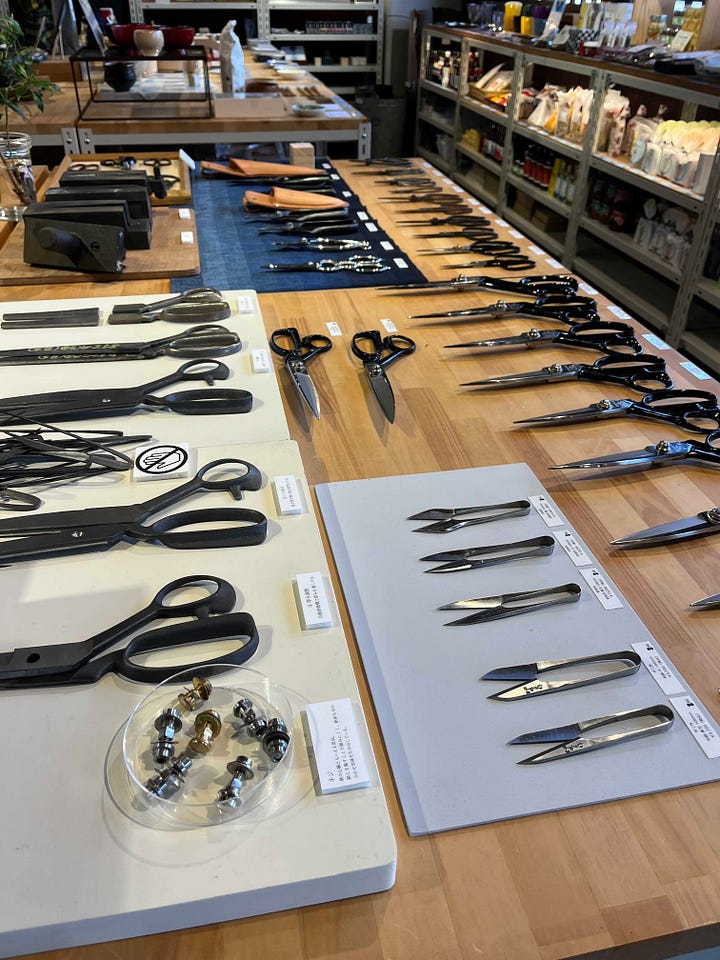
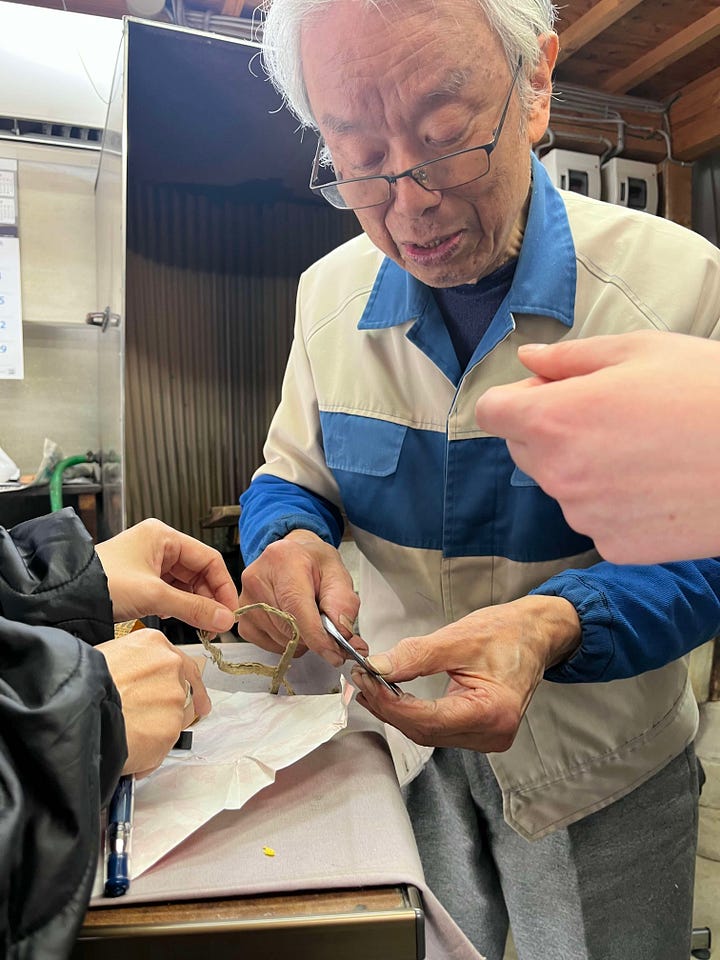
Later, with her directions, I visited Misuyabari a tiny shop selling needles and pins, as they have for over 360 years. This shop is now hidden behind a shopping arcade, so you have to find the hallway next to a home goods store, walk through that to the courtyard beyond, and there you find the tiny little shop, still attached to the family house (as far as I can tell).

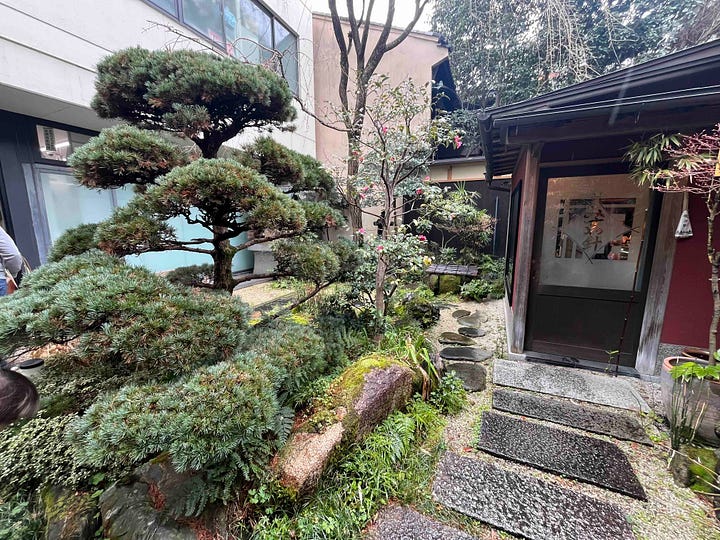
What did I bring home? So many embroidery, sewing and sashiko needles, a tiny sewing kit, two new thread snips, lots of thread (including sashiko, silk, and natural-dyed cotton), lots of sashiko patterns ready to stitch, a few gifts that haven’t been gifted yet, and two bundles of scraps from silk kimonos. Plus 5ish whole kimonos.
The kimonos are all second hand, and some have a number of stains and visible wear. I am keeping two of them for wearing, a haori (hip-length jacket) and a yukata (a summer-weight cotton robe). Anyone who has talked to me in the last 3 days has gotten an earful about kimono construction (and deconstruction.) Its been fascinating! (I want to type that in all caps. Know that if you talked to me about this, I probably would be speaking in all caps. I have learned so much!)




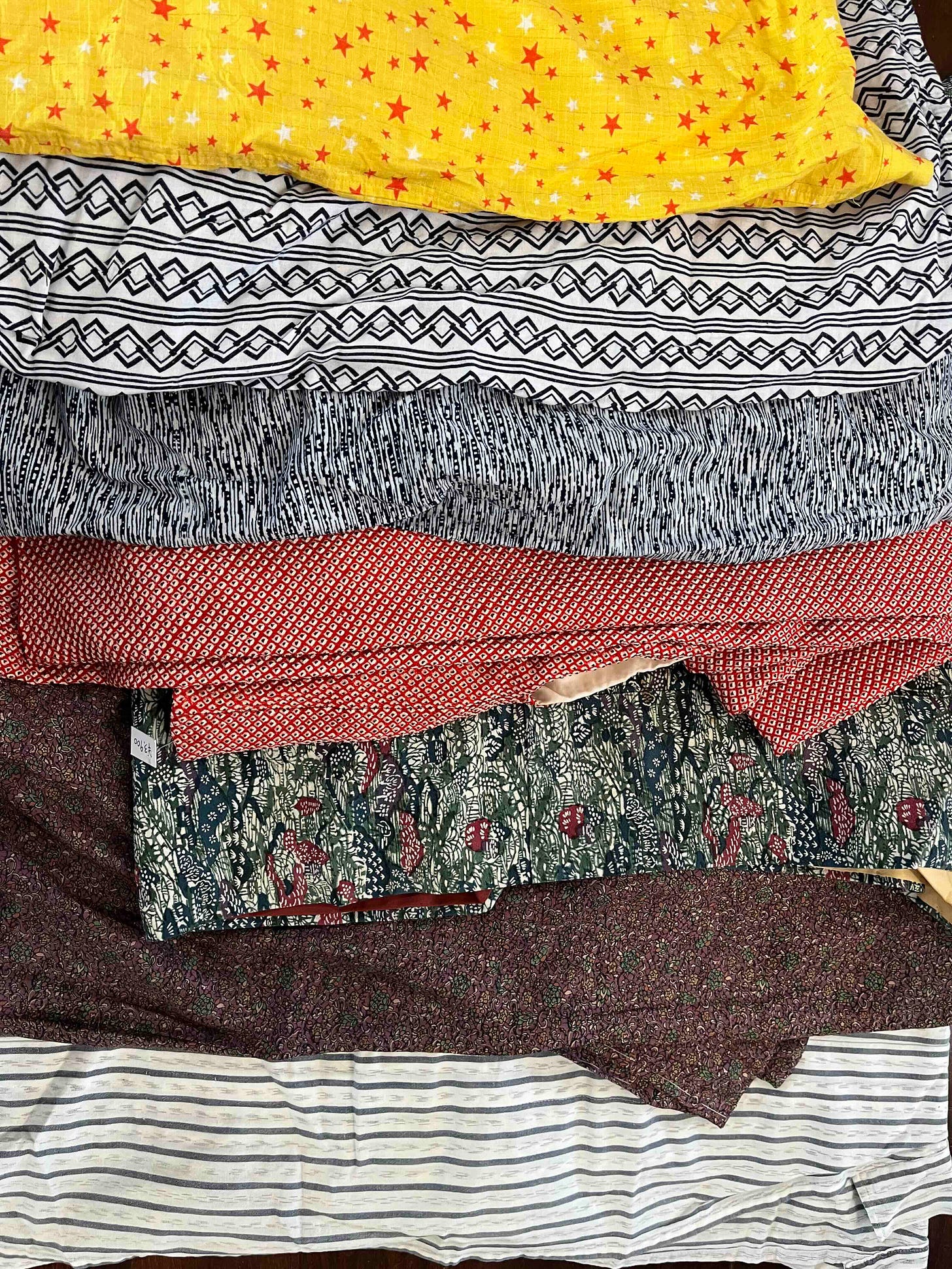
I love sashiko stitching and mending, and I would love to visit those shops! What a treat it is to enjoy your “postcards”. ♥️ I can’t wait to see what you do with your kimono scraps. I quilted a quilt once with my sashiko needle and thread. If I can find a photo, I’ll share it here.